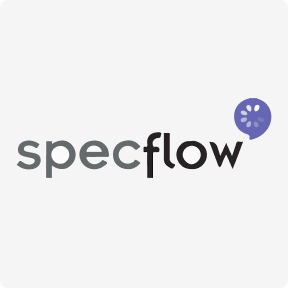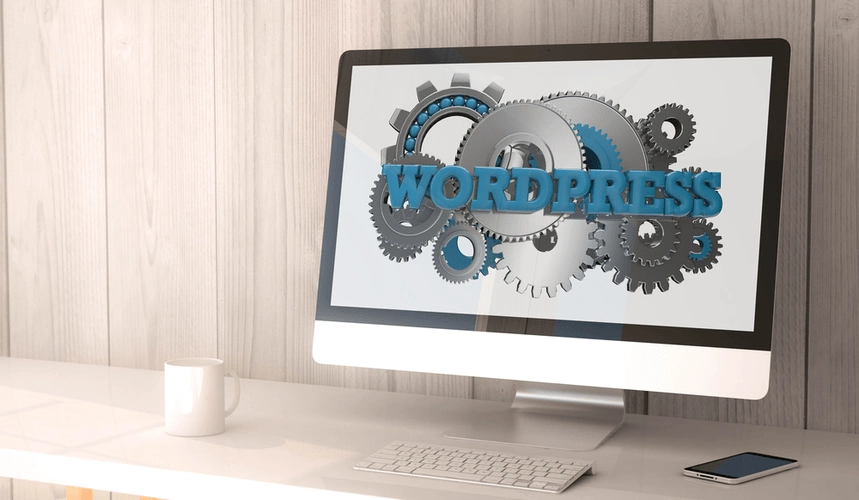Here, quality is always relative to a consumer—their needs, resources, and safety. In Juran’s definition, the quality of something depends on how someone will use it. First, quality products “satisfy their stated or implied quality in manufacturing definition needs,” meaning they do what they say they’ll do. Second, quality products are free of deficiencies, meaning there’s no flaw in the design or production of the good that would prevent it from doing what it should do.

Depending on the product that is being manufactured, deviation without proper team cooperation and anticipation of the change could have dire quality repercussions. Too often, staff within a manufacturing environment want to make a product “better” but don’t really know what better means. But is additional cost desirable by the customer even if it means better product life? Typically this voice can come from the sales or marketing departments. Use the customers’ perspective to define what the best-in-class product would be and meet those requirements while minimizing cost.
ET60/ET65 Rugged Enterprise Tablets Product Overview
Upgrading to a paid membership gives you access to our extensive collection of plug-and-play Templates designed to power your performance—as well as CFI’s full course catalog and accredited Certification Programs. Take your learning and productivity to the next level with our Premium Templates. Depending on how the Kanban is set up, this type of operation will determine the actual sequence of the carousel.
This includes everything from the initial design of a product to the final assembly and testing. By considering all aspects of the manufacturing process, this approach can help to improve quality and efficiency while also reducing costs. Manufacturing refers to the processing of finished products from raw materials using various methods, human labor, and equipment according to a detailed plan in a cost-effective way. Large-scale manufacturing uses core assets, including assembly line processes and sophisticated technologies for the mass production of goods. Facing the new trend of Industry 4.0, manufacturing factories are required to have a more flexible structure to finish producing customized products within the limited time and at a reasonable cost. This paper proposes a framework of simulation-based approach and develops a procedure for the implementation of the proposed framework.
Literature Review
For example, machine learning can automate spreadsheet processes, visualizing the data on an analytics screen where it’s refreshed daily, and you can look at it any time. What the cloud providers don’t tell you is the way they make money. They store your data pretty cheaply, but when you start using computing resources, it becomes a lot more expensive. You want the ability to scale across different cloud providers or storage solutions, whichever is most cost effective.
Continually monitoring the manufacturing process and making changes where necessary to improve quality or reduce costs. A challenge, though, is measuring the impact of reusing, remanufacturing, recycling, or upcycling materials on the performance of manufacturing processes and the products that they create. This effort would extend previous work in modeling unit manufacturing processes so that manufacturers can assess trade-offs between different material streams. A manufacturing-based approach in procurement is one that takes into account the entire manufacturing process when sourcing materials and products.
Then, specific designs are implemented, and commercial production begins. As goods are made, they are inspected, shipped, and delivered to the next user of the finished good. A potential subset of other manufacturing processes, repetitive manufacturing often breaks long manufacturing processes into smaller parts. Each part, often called a dedicated assembly line or manufacturing cell, is intended to manufacture only their specific part of the unit. Then, units are continuously transferred to the next subsequent dedicated assembly line.
What they lack in knowledge of the engineering design process and analysis, they make up for in manufacturing and practical experience. As a practicing engineer, you will be required to consult with a machinist before finalizing your detailed design. Define the necessary processes and the necessary skills for personnel to fabricate, tool, assemble, test, and support the product. Initiate development of any new processes and identify any special skills required. Human resource decision – obviously other decision categories can have a huge influence on this decision.

For these management scientists, quality isn’t something achieved on the shop floor. Rather, quality is the coordination of an entire company across a product’s lifecycle. Production Cycle Efficiency refers to the proportion of manufacturing time spent on value-added activities. Manufacturers can save costs by identifying jobs that add no value to the process. Manufacturing cycle efficiency begins before the product is manufactured and continues after the product has left the shop floor.
- In addition, MTO manufacturers often only make a good if a sale is lined up; therefore, it often never carries inventory.
- With research considerations in-hand, it’s time to design the product.
- With the tools of Quality 4.0 at their disposal, manufacturers have an opportunity to serve their customers better than ever before.
- This way, any potential issues can be quickly identified and addressed before they become major problems.
It has been present since the early works published in the field of manufacturing strategy. In order to continually improve, the company must continually evaluate how the process is going and whether expectations are being met. The company must analyze how much the good costs to make and compare this against sale prices. The company must also evaluate product demand and scale up (or scale down) based on consumer preference. Enough time, testing, and research has been done; it’s now time to make the good. The company acquires the machinery and equipment necessary to make full-scale processes to manufacture the good.


